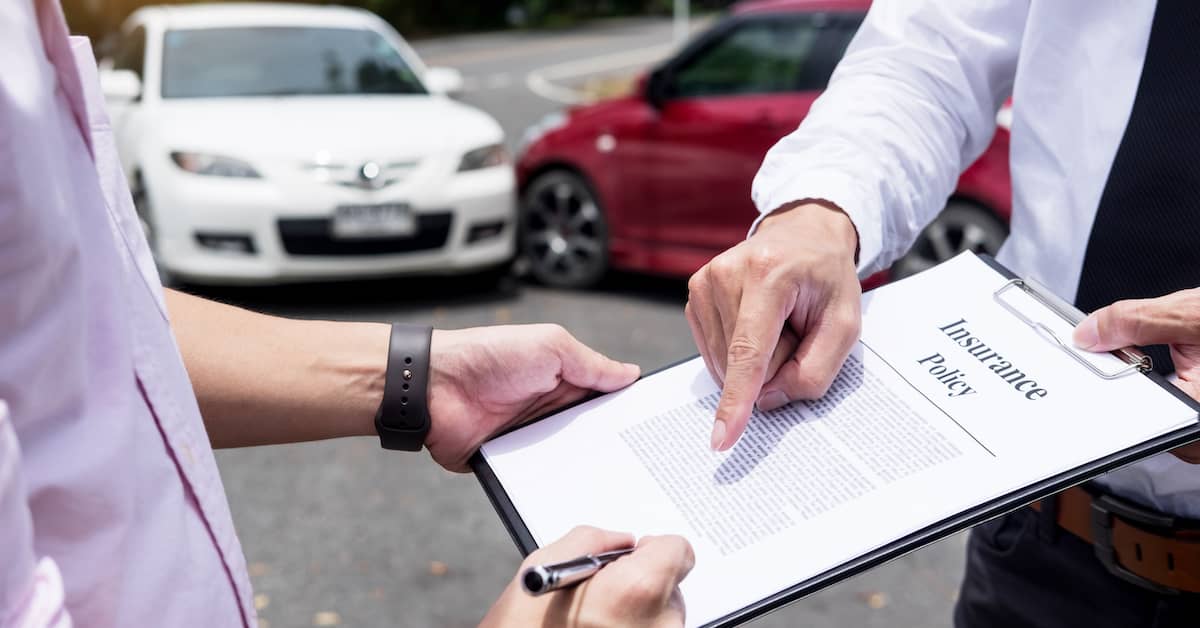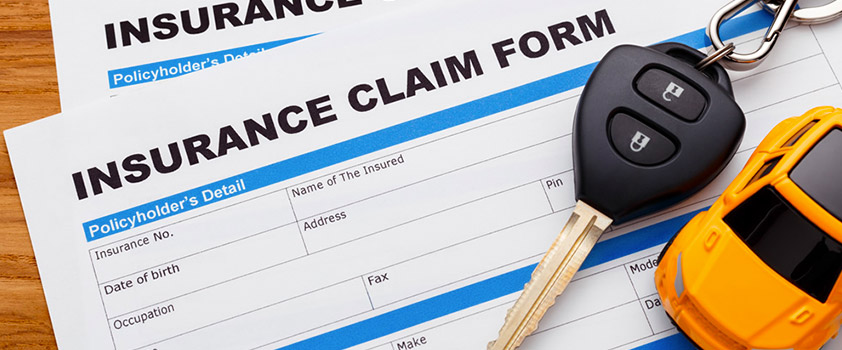Filing a car insurance claim can be a daunting process, especially after an accident or unexpected damage to your vehicle. However, understanding the steps involved can help simplify the process and ensure you receive the coverage you are entitled to. In this guide, we’ll provide a step-by-step overview of how to navigate a car insurance claim effectively.
Step 1: Ensure Safety and Document the Scene
After an accident, prioritize safety. Move your vehicle to a safe location, turn on hazard lights, and check for injuries. If anyone is hurt, seek medical attention immediately. If possible, document the accident scene by taking photos of the vehicles involved, the location, and any visible damages.

Step 2: Exchange Information
Exchange contact and insurance information with the other driver(s) involved in the accident. Gather their names, phone numbers, addresses, driver’s license numbers, and insurance policy details.
Step 3: Contact the Police
In case of significant damage or injuries, contact the police to file an accident report. The police report can be valuable evidence when filing your insurance claim.
Step 4: Notify Your Insurance Company
Contact your insurance company as soon as possible to report the accident and initiate the claims process. Provide them with all relevant information, including details of the accident and the other driver(s) involved.
Step 5: Gather Evidence
Document the details of the accident thoroughly. Write down the sequence of events leading up to the accident, the weather conditions, and any witnesses’ contact information. This information can support your claim.
Step 6: Work with an Adjuster
Your insurance company will assign an adjuster to assess the damages and determine the claim’s validity. Cooperate fully with the adjuster, providing any requested documents or information promptly.
Step 7: Get Repair Estimates
Obtain repair estimates from trusted auto repair shops. Share the estimates with your insurance adjuster to determine the coverage for the damages.
Step 8: Understand Your Coverage
Review your car insurance policy to understand the coverage limits and deductibles. This will help you have a clear idea of what to expect from your claim.
Step 9: Claim Settlement
Once the adjuster completes the assessment and reviews the evidence, they will offer a settlement amount. If you agree with the settlement, the claim process is almost complete.
Step 10: Repairs and Resolution
If you agree to the settlement, proceed with the repairs to your vehicle. Many insurance companies have approved repair shops that can handle the process efficiently.

Step 11: Keep Records
Throughout the claim process, keep copies of all documents, communications, and receipts related to the accident and repairs. These records are essential for your records and any future insurance needs.
Conclusion
Filing a car insurance claim doesn’t have to be overwhelming. By following these steps and working closely with your insurance company and adjuster, you can navigate the claims process smoothly and receive the coverage you deserve. Remember, prompt communication, accurate documentation, and patience are key to successfully handling a car insurance claim.
Recommended:
- AXA Insurance Quotes: Protecting Your Assets and Future
- Travel Insurance: Your Safety Net for Unforeseen Adventures
- Allianz Insurance: Comprehensive Coverage for Life’s Uncertainties
- HDI Global: Comprehensive Insurance Solutions for Businesses
- Health Insurance: A Comprehensive Guide to Protecting Your Health and Finances
- Cheap Car Insurance: Finding Affordable Coverage Without Sacrificing Protection
- Munich Re: A Global Leader in Reinsurance
- Assicurazioni Generali: A Legacy of Insurance Excellence
- AAA Insurance: Roadside Assistance and Beyond
